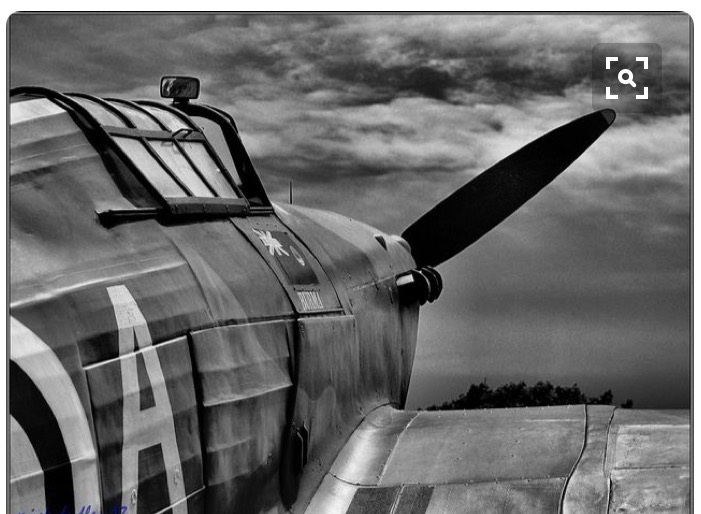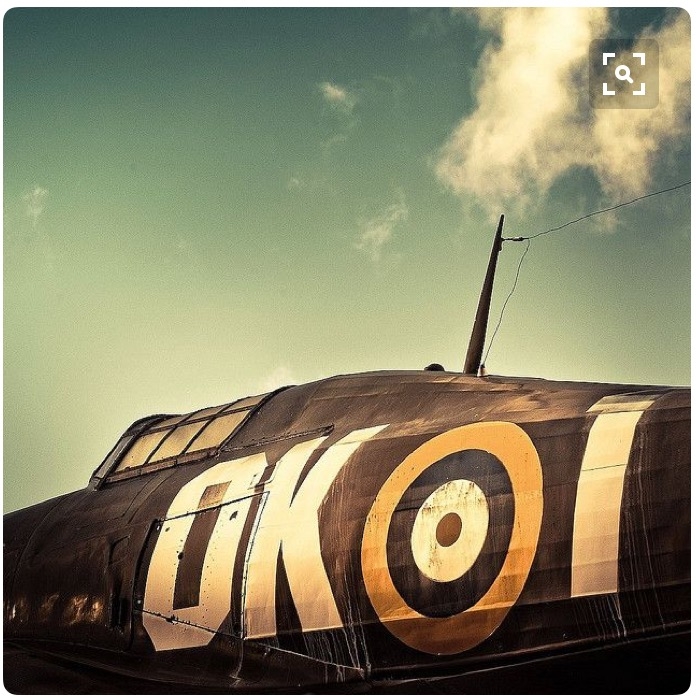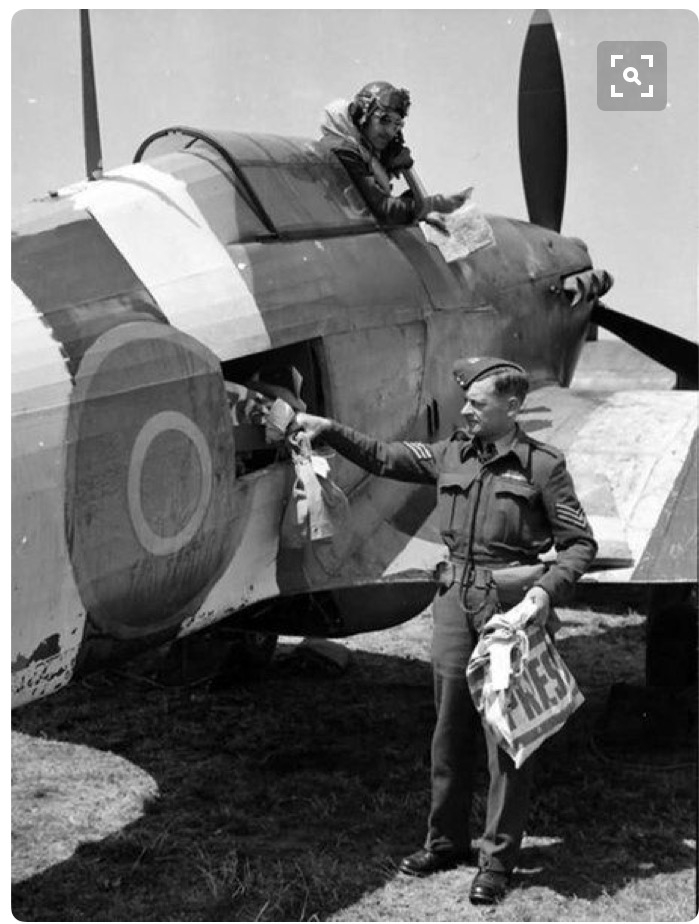The BRAWL² Tournament Challenge has been announced!
It starts May 12, and ends Oct 17. Let's see what you got!
https://polycount.com/discussion/237047/the-brawl²-tournament
It starts May 12, and ends Oct 17. Let's see what you got!
https://polycount.com/discussion/237047/the-brawl²-tournament
Modelling Stretched Fabric
Hello
Apologies if this is in the wrong area, however I am trying to model a aircraft fuselage. The rear of the aircraft is made of a wooden structure with a stretched fabric skin over the top. I am trying to recreate this surface but every attempt looks too solid and lumpy. AI find that I try changing the loops to match the wooden structure underneath but this then alters the profile of the fuselage. I wondered if I should try to add this to my normal map through a separate model perhaps?
any advice would be great.
Thanks


Apologies if this is in the wrong area, however I am trying to model a aircraft fuselage. The rear of the aircraft is made of a wooden structure with a stretched fabric skin over the top. I am trying to recreate this surface but every attempt looks too solid and lumpy. AI find that I try changing the loops to match the wooden structure underneath but this then alters the profile of the fuselage. I wondered if I should try to add this to my normal map through a separate model perhaps?
any advice would be great.
Thanks



Replies
1 - Model the underlying structure. And create the cloth with MarvelousDesigner. You can then choose to render a normal map or use the raw geometry. This way you get a realistic looking piece of cloth versus a generic which you might get with HP modeling.
2 - Model the main shape through hard surface modeling (this is what I think you have been testing). Then bang it up a bit in Z-Brush and make it look like cloth. When the geometry looks the way it should you could take it to Substance for the materials and extra details.
*Programs I mentioned are examples, could be replaced by similar ones.
I don't know if you are familiar with Marvelous but the learning curve is not as steep as with Zbrush. So even if you are unfamiliar with it you might want to give it a go. It will open a new world in your modeling abilities and increase your quality greatly!
what's wrong with just modelling it in sub-d and either giving it a sculpt pass or use bump/displacement to create irregularities if creating them in sub-d itself is not an option?